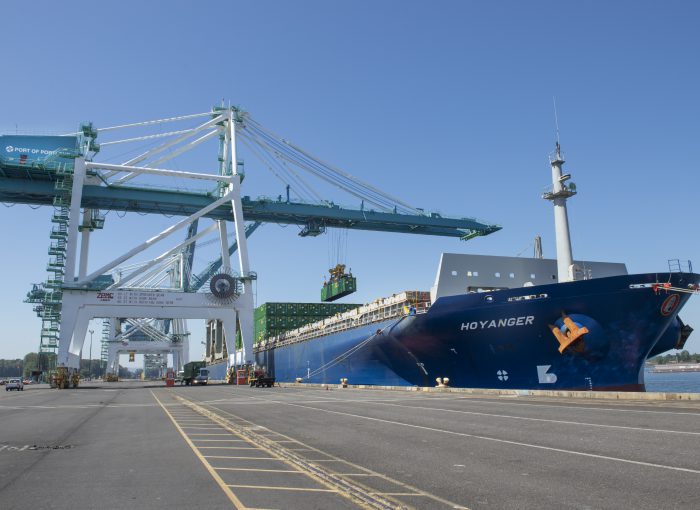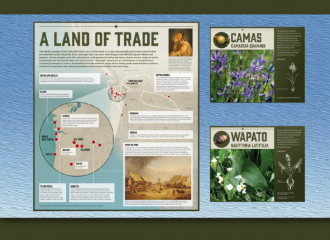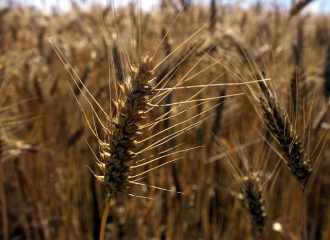Many of us in Oregon are paying close attention to the global talks around tariffs and trade, as they can have a profound impact on a trade-dependent state like ours.
Trade has fueled Oregon’s economy for more than a century. In fact, all the way back in 1891, the Port of Portland was created to dredge the Columbia and Willamette rivers and make those rivers accessible for international trade. Today, Oregon continues to export to countries across the Pacific Ocean.
As confirmed in a new report released by the Portland Business Alliance, Pacific Northwest International Trade Association (PNITA) and the Value of Jobs coalition, trade is a major driver of Oregon’s economy.
Here are nine things you might not know about trade in Oregon.
1. Local products lead to global connections.
In 2018, Oregon exported $22.3 billion in goods to countries around the world. Oregon’s five largest trade partners are China, Canada, Japan, South Korea and Malaysia.
2. Oregon farmers help feed the world.
From hops and hazelnuts, to berries and cherries, 40% of Oregon’s food and agriculture production leaves the country to help feed people in other countries.

3. The world loves Oregon wheat.
The Lower Columbia River is the largest wheat export gateway in the United States. At the Port’s Terminal 5, we ship wheat to Asia and other parts of the world. A lot of the grain comes from Oregon farmers, but wheat from Washington, Montana, Wyoming and even the Dakotas arrives at our marine terminal via rail, allowing us to quickly load it onto ships and send it out to sea.
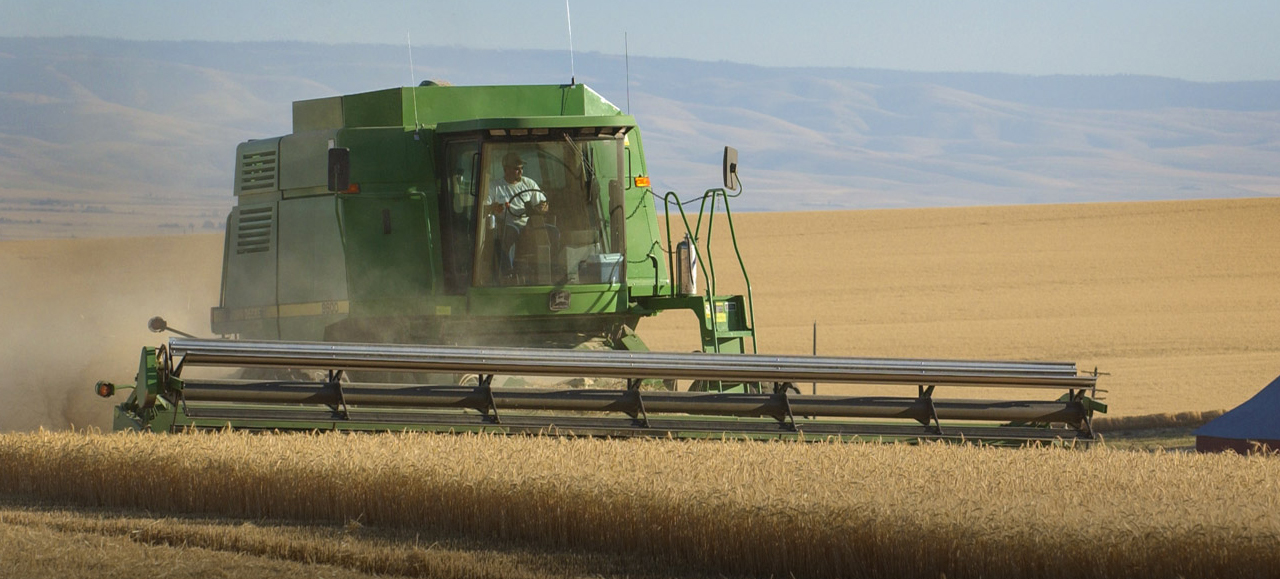
4. Global trade grows local businesses.
Nearly 90 percent of the 6,000 companies that export from Oregon are small- and medium-sized businesses. With 1 in 5 jobs in Oregon being connected to imports and exports, a strong trade environment keeps Oregon working.

5. Trade and tourism are closely linked.
Visitors tend to fall in love with everything Oregon has to offer. In fact, when tourists from outside the U.S. return home, 55 percent seek out Oregon consumer goods.
6. We’re wired for success.
Computers and electronics are Oregon’s largest export industry, accounting for one-third of our state’s total exports. Intel plays a big role in this, as the company is Oregon’s largest exporter.
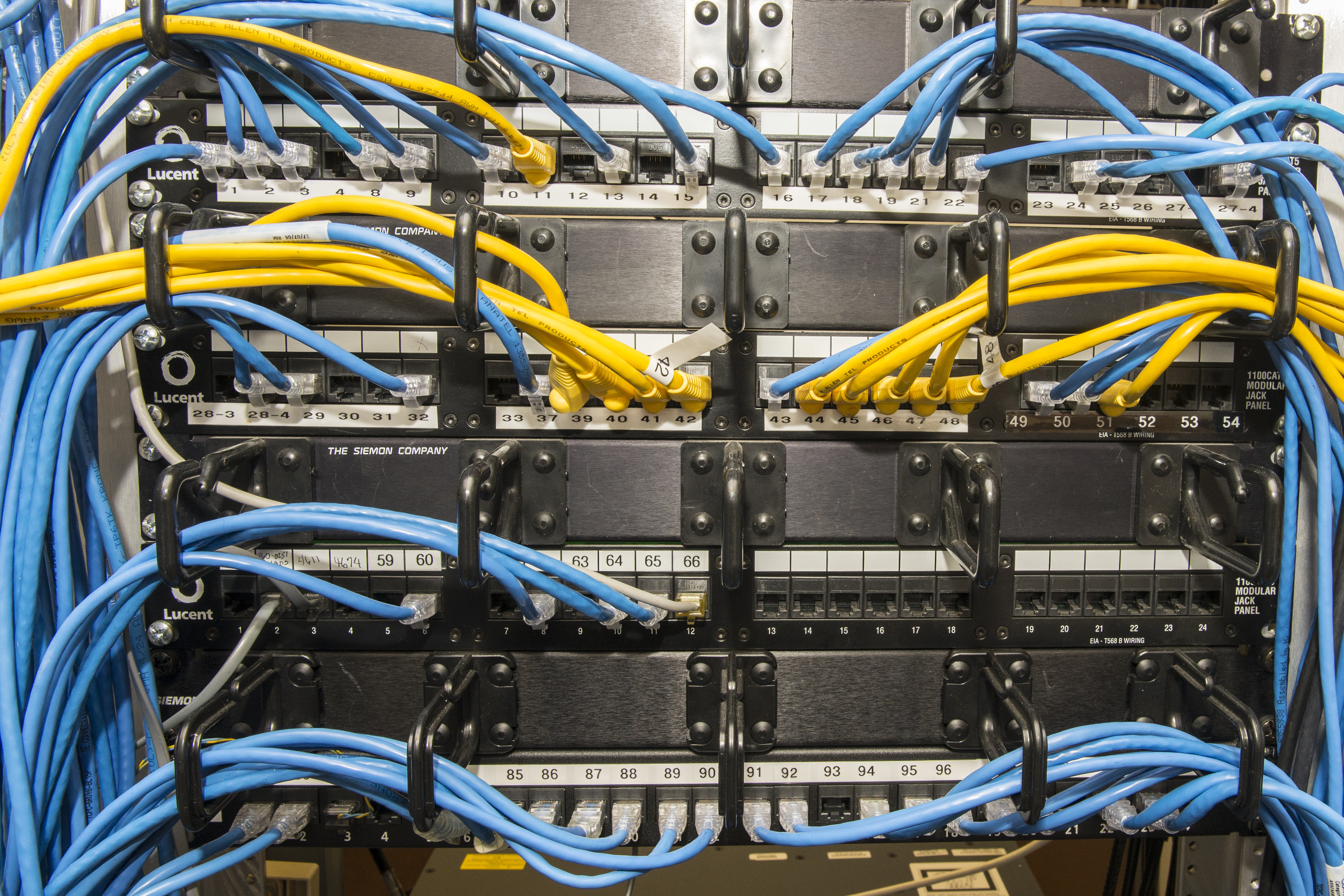
7. Want to go on a road trip?
Because our marine terminals sit at the confluence of major rivers, we’re an attractive location for auto imports and exports. Automobile companies prefer to move cars in and out of Portland because their vehicles aren’t sitting next to corrosive saltwater like most seaports, and they can quickly get them inland across the U.S. thanks to the rail lines accessible at our marine terminals.

8. Trade unites rural and urban Oregon.
Trade transcends geographies. In Oregon, two very different counties are among the most trade-dependent: Washington and Morrow. Washington is home to high-tech manufacturing, while Morrow is a trade powerhouse due to the large volumes of agricultural and food products the county exports.
9. Trade is about making connections.
Relationships with trade partners are more important than ever for Oregon – they’re a big reason exports grew 1.8% last year, despite global trade uncertainty. At the Port of Portland, we focus on the long, hard work of global collaboration – including trade missions to our trading partners. We’ve joined Governor Kate Brown on recent trips to Asia to market everything from kombucha to potatoes.
For us, we see trade as a critical way to connect the people of Oregon to things they love and products that make their lives betters. Strong trade partnerships are how we accomplish that. As our Executive Director Curtis Robinhold recently shared, “A united front with our trading partners” is how we keep Oregon working.

